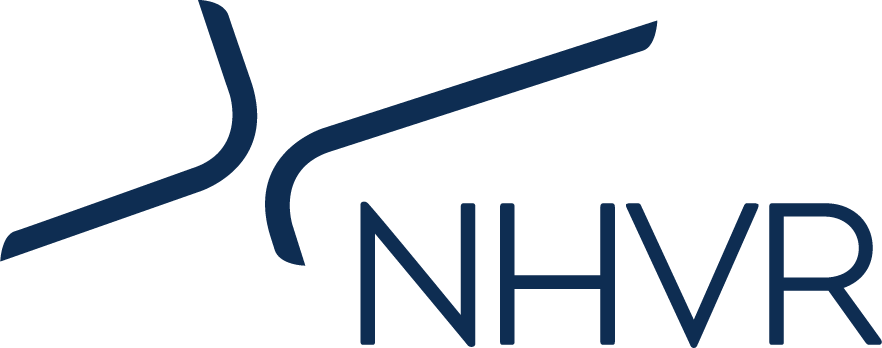Under the National Heavy Vehicle Accreditation Scheme (NHVAS), each nominated vehicle must carry an interception report book and display an accreditation label. For detailed information, see the Accreditation labels, nominated vehicles and interception report books fact sheet (PDF, 326KB).
We supply labels and use a single prefix associated with the type of vehicle that is accredited. The two prefixes used are:
- Labels for powered units – Prefix letter "A" with six digits following. e.g. A000001
- Labels for trailing units – Prefix letters "AT" with six digits following. e.g. AT000001.
New accredited vehicles - Mass and Maintenance
To assist you in meeting your requirements, the Scheme and HVNL, we will provide you with an approval letter by email, stating that the vehicle has been added to your accreditation. By carrying this letter in the vehicle, it is to be taken as meeting the requirements of the scheme until the NHVAS label arrives.
- By carrying the approval letter in the vehicle, it may be used as evidence of meeting the accreditation label requirements for a maximum of 21 days after the letter is issued.
- If after 21 days from the issue of the approval letter and your accreditation label has not arrived or been fixed to your vehicle you may be subject to enforcement action.
- If the label has not arrived, please contact us
Replacement labels
Damaged, lost or destroyed labels will need to be reordered within 14 days via  . There is no charge for ordering replacement labels. A penalty may apply for not having an NHVAS Accreditation label fixed to the vehicle.
. There is no charge for ordering replacement labels. A penalty may apply for not having an NHVAS Accreditation label fixed to the vehicle.
Placement of labels
Accreditation labels for Mass and/or Maintenance Management must be placed so they can be read from the outside of the vehicle and are not wholly or partly obscured, defaced or otherwise not legible. Penalties may apply to both the operator and driver.
Accreditation labels should be fixed in clear view on, or adjacent to, the driver's side door (where possible, at eye level).
Trailer labels should be attached to the rear of the trailer in clear view as near as possible to the number plate, and it is advised to be fixed to a piece of Perspex (or similar material).
Interception report books
NHVAS interception report books must be carried in the nominated vehicle for Mass and/or Maintenance Management modules at all times and be presented to an Authorised Officer when requested.
Replacement interception report books can be ordered via  . Trailers nominated in the Maintenance Management module may be issued an interception report book if requested by you.
. Trailers nominated in the Maintenance Management module may be issued an interception report book if requested by you.
Interception reports are completed by an Authorised Officer who will record details of the interception, including any non-conformance, or record that compliance has been met. Where a breach is identified, the interception report will be forwarded to us. If any non-compliance has been identified, you must take the relevant actions to correct any issue identified during the intercept that may have been found. If the interception report book has not been completed by an Authorised Officer, you may complete it and forward it to us by emailing a copy to accreditation@nhvr.gov.au.
Replacement interception books
Replacement interception report books can be ordered at any time via  . Only interception report books that are required should be ordered. Trailers nominated in the maintenance management module may be issued an interception report book if requested by you.
. Only interception report books that are required should be ordered. Trailers nominated in the maintenance management module may be issued an interception report book if requested by you.
What does the NHVR do with interception reports?
Interception reports are reviewed by us and used to monitor compliance with the Schemes requirements as well as being taken into consideration when assessing your application to maintain your accreditation. They may also form the basis for us to request a spot check or triggered audit of your management system or additional conditions being applied to your accreditation.
The Fatigue accreditation modules do not use interception report books. For more information, see Fatigue management.

 Accessibility tools
Accessibility tools


